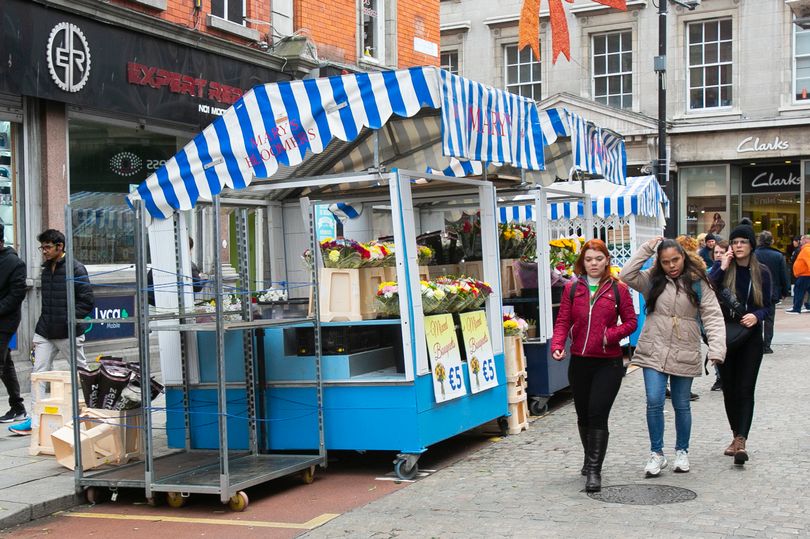Historic Buildings in Dublin to Become Visitor Centre
Plans to transform a series of historic buildings in the capital into a visitor centre dedicated to the Easter Rising are still in the early stages. While the project is considered a priority by the government, there is no clear timeline for when it will be open to the public.
Kevin “Boxer” Moran, the junior minister, recently addressed the Dáil and confirmed that although the initiative is important, it is not yet possible to determine an exact opening date. The buildings located at 14-17 Moore Street have long been central to efforts to preserve their historical significance, as they played a key role during the 1916 Rising.
These structures served as the headquarters of the Provisional Irish Government, and it was here that several signatories of the Irish Proclamation, including James Connolly and Patrick Pearse, surrendered. Their legacy continues to be a focal point for national commemoration and preservation.
The government had previously accepted the recommendations of the Moore Street Advisory Group, which outlined plans to conserve the buildings and convert them into a visitor site. However, the timeline for this development remains uncertain.
During questioning from Sinn Féin TD Aengus O’Snodaigh, Minister Moran acknowledged the challenges ahead. He stated, “It is not possible, in advance of the approval of Ministerial Consent, to be precise about the timing of construction works; however, the project at Moore Street is a priority and it is anticipated that there will be meaningful progress onsite in 2026.”
O’Snodaigh raised concerns about the condition of the buildings, particularly regarding dry rot and other issues affecting the structural integrity of the national monument. In response, Moran explained that the Office of Public Works (OPW) has enlisted specialist consultants to address these challenges. These experts have conducted detailed surveys and provided guidance on how to mitigate risks related to timber decay, plaster damage, and wallpaper deterioration.
Moran assured the deputy that the buildings are being carefully maintained and protected. The reports from the consultants will inform interim protective measures, ensuring that the most vulnerable parts of the structures are safeguarded.
Ongoing Efforts to Preserve Heritage
The preservation of these historic sites is crucial not only for their architectural value but also for their role in Ireland’s history. The Moore Street buildings are a tangible link to the events of the 1916 Rising, and their conservation represents a commitment to honoring the past while making it accessible to future generations.
While the timeline for the visitor centre remains unclear, the government’s focus on this project reflects its dedication to preserving and promoting Ireland’s heritage. The involvement of experts in conservation and the implementation of protective measures demonstrate a careful and thoughtful approach to the restoration process.
As work progresses, it is expected that the site will serve as an educational and cultural hub, offering visitors a deeper understanding of the events that shaped modern Ireland. The project is not just about preserving buildings—it is about preserving stories, memories, and the spirit of a nation.
With continued efforts and support, the vision for the Moore Street visitor centre may soon become a reality, allowing more people to engage with and learn from this pivotal chapter in Irish history.






